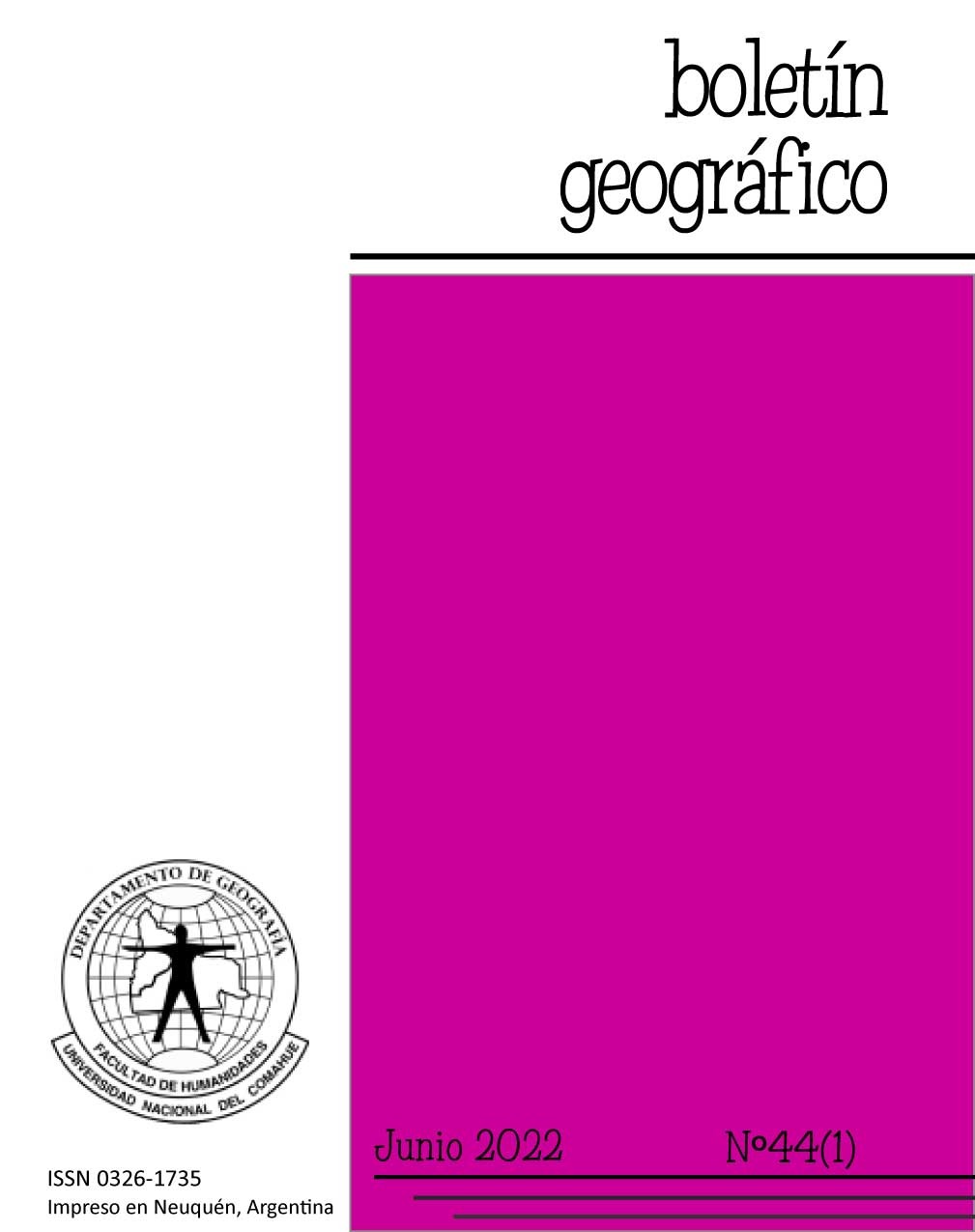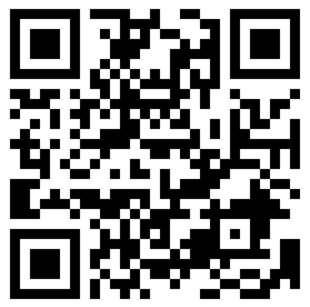Science and tourism: building territoriality. Social representations and written press.
Keywords:
Social constructions, Ushuaia, Punta Arenas, Territorial identity, AppropiationAbstract
The construction of territoriality implies the participation of diverse agents who take part in society by contributing with different approaches, knowledge and ways of appropriating space. Written press takes a stance acting as a communicator of social, cultural, political and economic processes, being able to become an agent of change in the appropriation and delimitation of space.
Ushuaia and Punta Arenas are positioned as two of the five gateways to Antarctica, due to their location and functionality, playing a fundamental role by having the ability to provide different services necessary for governmental and non-governmental activities to be developed in Antarctica.
From this perspective, the aim of this contribution is to analyze the place that science and tourism occupy as strategy in the construction of territoriality for these two gateway cities to Antarctica, Ushuaia and Punta Arenas. A qualitative methodology based on the content analysis of documents from mass media corresponding to press genre (national and provincial) from January 1 to December 31, 2019 was implemented. The results reflect the topics of interest of each city, showing coincidences in some cases and differences in others, depending on the priorities assigned by each territory.
The work presents the different relationships between the written press and the geographical space, depending on the social groups involved and their interests, as well as according to the scalar level. It also shows that there are various aspects that contribute to the construction of territoriality.
Downloads
References
Abric, J. C. (2001). Prácticas sociales y representaciones. Ediciones Coyoacán.
Colacrai, M. (2013). Las relaciones bilaterales argentino-chilenas en perspectiva subnacional. Potencialidades para incrementar la cooperación e integración. Revista Dos Puntas, V (8), 23-42.
Cuevas Cajiga, J. (2011). Representaciones sociales en la prensa: Aportaciones teóricas y metodológicas. Sinéctica, 36.
Di Meo, G. & Buléon, P. (2005). L’espace social. Une lectura géographique des sociétés. París: Armand Colin, pp. 303. Traducido por: Gloria Zamorano.
Diniz Carvalho, K & Moquete Guzmán, S. J. (2011). El turismo en la dinámica territorial ¿Lógica global, desarrollo local? Estudios y Perspectivas en Turismo, 20 (2), 441-461.
Durkheim, E. 1993 [1893]. The Division of Labour in Society, translated by G. Simpson. New York: The Free Press.
Guyot, S. (2013). La construcción territorial de cabezas de puente antárticas rivales: Ushuaia (Argentina) y Punta Arenas (Chile). Revista transporte y territorio, 9,11-38.
Jensen, M & Vereda, M (2016). The development of Antarctic tourism through Ushuaia as a gateway port. En: M. Schillat, M. Jensen, M. Vereda, R. A. Sanchez & R. Roura (Eds.). Tourism in Antarctica. A multidisciplinary view on new activities carried out on the White Continent, (pp. 75-99). Springer. DOI 10.1007/978-3-319-39914-0_1.
Jodelet, D. (1986). La representación social: fenómenos, conceptos y teoría. En: S. Moscovici (Ed.), Psicología Social II: Pensamiento y vida social (pp. 469-494). Páidos.
Lefebvre, H. (2013). La producción del espacio. Entre líneas. DOI: 10.5565/rev/papers/v3n0.880.
Meyer, D. (2004). Tourism routes and gateways: Key issues for the development of tourism routes and gateways and their potential for pro-poor tourism. Discussion Paper (pp. 1-31). Recuperado de: https://www.researchgate.net/publication/242371864_Key_issues_for_the_development_of_tourism_routes_and_gateways_and_their_potential_for_Pro-Poor_Tourism.
Montañez Gómez, G. & Delgado Mahecha, O. (1998). Espacio, territorio y región: Conceptos básicos para un proyecto nacional. Cuadernos de geografía, VII (1-2), 121-134.
Moscovici, S. (1979). El psicoanálisis, su imagen y su público. Huemul.
Pacheco, A; Mendoza Ontiveros, M. M. & Rodríguez Huerta, P. (2012). Las representaciones sociales de los estudios universitarios en México. El caso de la licenciatura en turismo del Centro Universitario UAEM Texcoco. Estudios y Perspectivas en Turismo, 21 (6), 1502-1520.
Pearce, D. G. (2001). An integrative framework for urban tourism research. Annals of tourism research, 28 (4), 926-946.
Perea Rodríguez, A. & Hellín Ortuño, P. A. (2013). Estudio de la comunicación de lobby en el caso de la gripe A. Persuasión en la prensa escrita española. Anagramas, 11 (22), 53-78.
Rodríguez Valbuena, D. (2010). Territorio y Territorialidad. Nueva categoría de análisis y desarrollo didáctico de la geografía. Uni-pliri/versidad, 10 (3), 90-100.
Rojas López, J. J. & Gómez Acosta, E. C. (2010). Tiempos del pensamiento geográfico. Arquidiócesis de Mérida. Recuperado de: https://web.ua.es/es/giecryal/documentos/pensamiento-geografico.pdf.
Santos, M. (2000). La naturaleza del espacio. Técnica y tiempo. Razón y emoción. Editorial Ariel S. A.
Segura, R. (2015) La imaginación geográfica sobre el conurbano bonaerense. Prensa, imágenes y territorio. En: G.Kessler (dir.) Historia de la provincia de buenos Aires. (1a ed., vol. 1, pp.129-158) UNIPE/EDHASA.
Short, J. R.; Breitbach, C.; Buckman, S. & Essex, J. (2000). From world cities to gateway cities: Extending the boundaries of globalization theory, City: analysis of urban trends, culture, theory, policy, action, 4 (3), 317-340, DOI: 10.1080/713657031.
Soja, E. W. (1994). Postmodern geographies. The reassertion of space in critical social theory. Verso.
Tongson, J. & Oum, T. (2014). The role of port performance in gateway logistics. Recuperado de: https://pdfs.semanticscholar.org/4f4a/898dbdab5d3404fee5fc109972639041059e.pdf?_ga=2.5887927.569709209.1587136004-930015254.1586873247.
Varela, M. T. (2007). La prensa como dinamizadora del espacio público: El periódico La Nueva Era en Viedma, capital del Territorio Nacional de Río Negro, durante el primer Yrigoyenismo. Revista Escuela de Historia, 1 (6), 105-132.
Verón, E. (1988). Prensa escrita y teoría de los discursos sociales: producción, recepción, regulación. [Título original: “Presse écrite et théorie des discours sociaux: production, réception, régulation”, en: La presse. Produit, production, réception] Paris: Didier Erudition. Recuperado de: https://comycult.files.wordpress.com/2019/06/verc3b3npresse-1.pdf.
Published
How to Cite
Issue
Section
ARK
License
Copyright (c) 2022 Boletin GeográficoTransfer of rights and data processing
The acceptance of an article for publication in the Journal Geographic Bulletin implies the cession of the rights of printing and reproduction, by any means and means, of the author in favor of the Department of Geography of the National University of Comahue, which will not reject any request reasonable for the authors to obtain permission to reproduce their contributions. The total or partial reproduction of the works published in the Geographic Bulletin must be done citing the origin, otherwise, the copyright is violated.
Likewise, it is understood that the concepts and opinions expressed in each work are the sole responsibility of the author, without being responsible or in solidarity, necessarily, neither the editorial staff nor the editorial staff.
It is the responsibility of the authors to be able to provide interested readers with copies of the raw data, procedure manuals, scores and, in general, relevant experimental material.
Likewise, the Management of the journal guarantees the appropriate treatment of personal data
COPYRIGHT TRANSFER FORM

















 Journal of the
Journal of the 